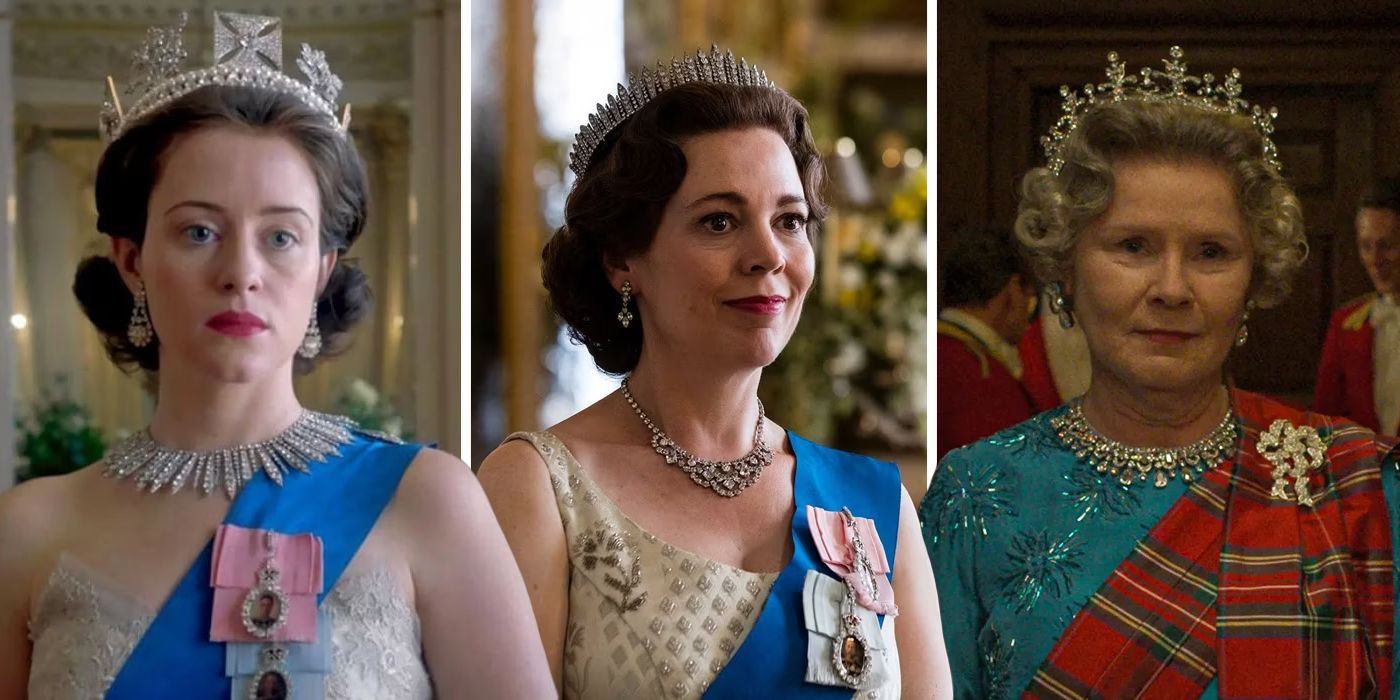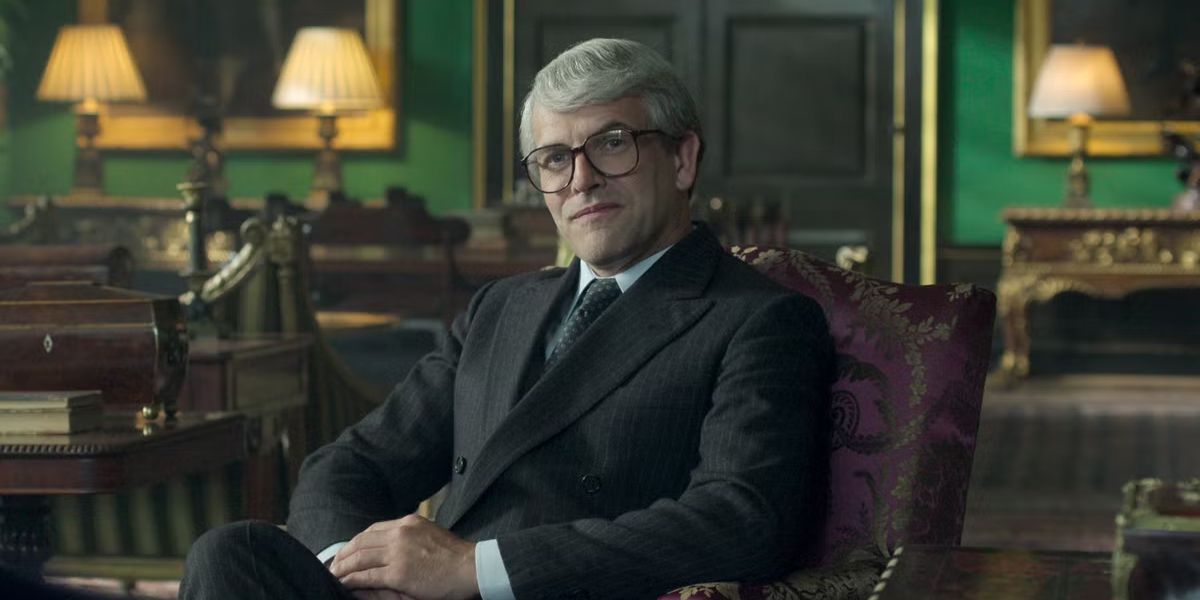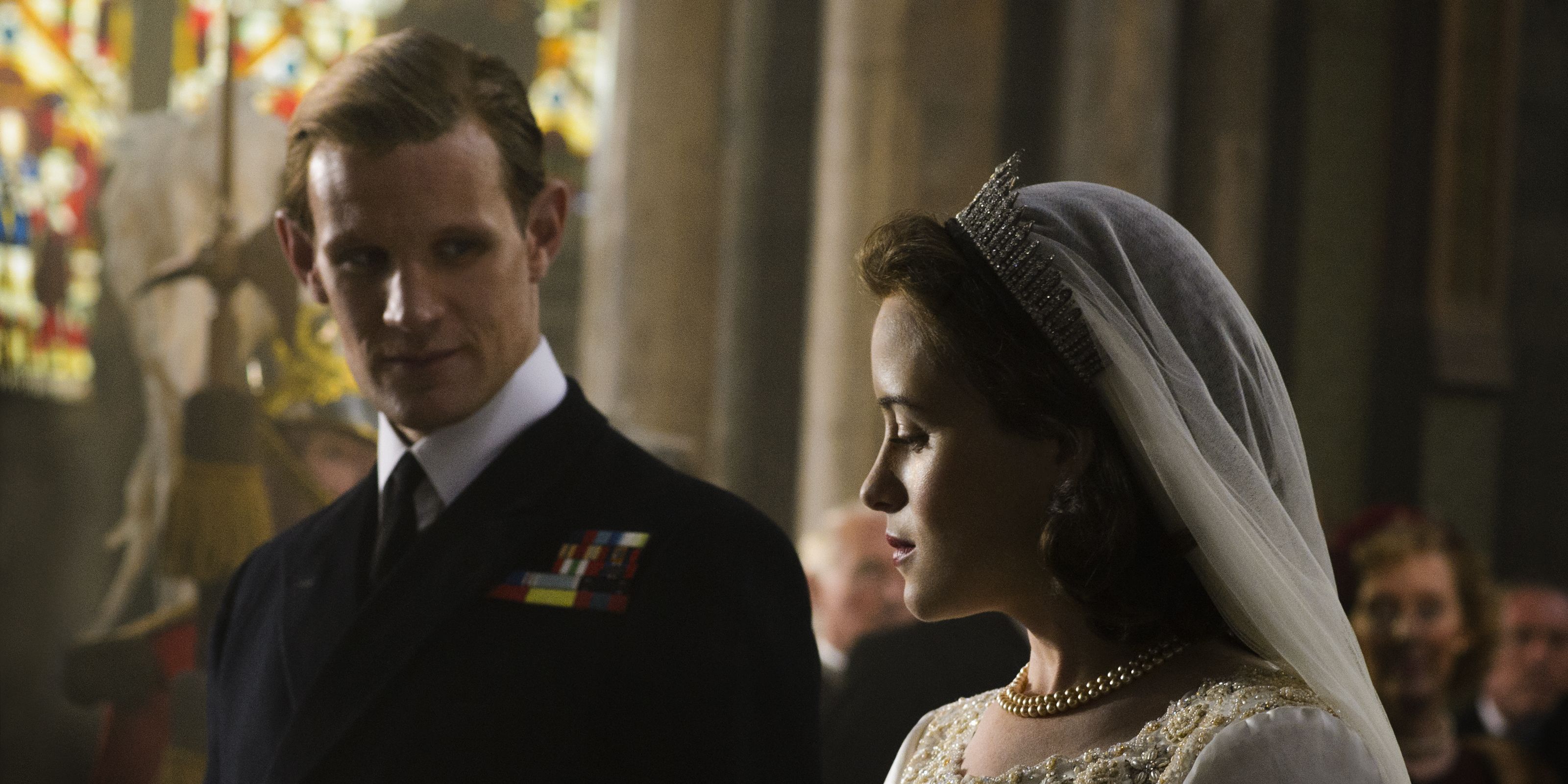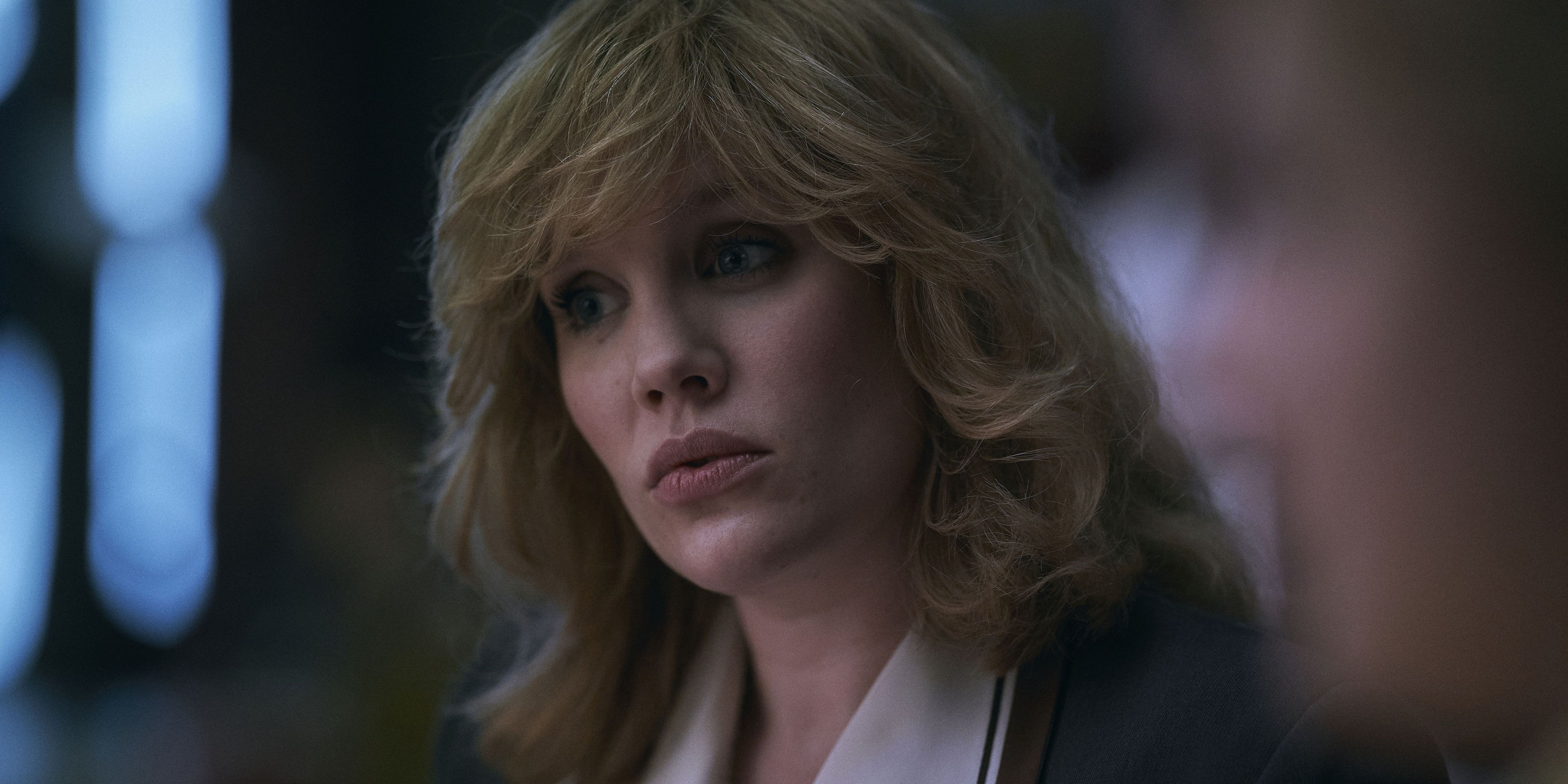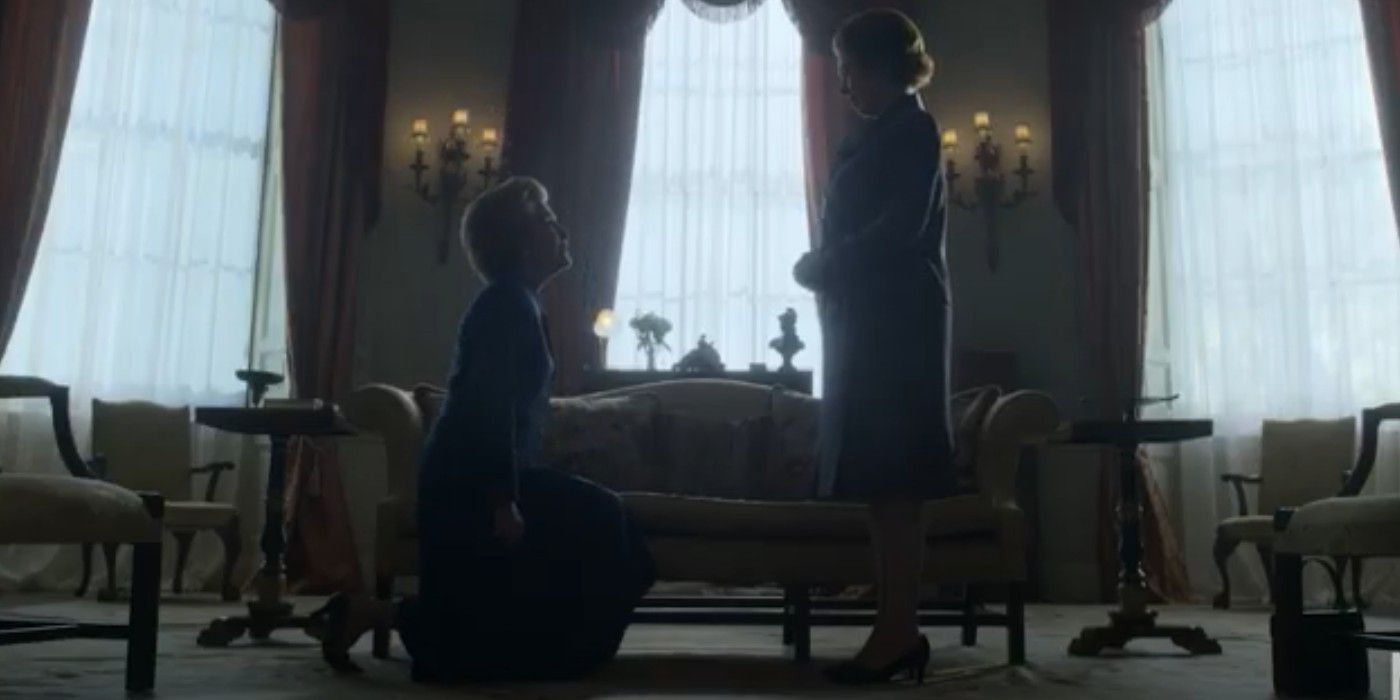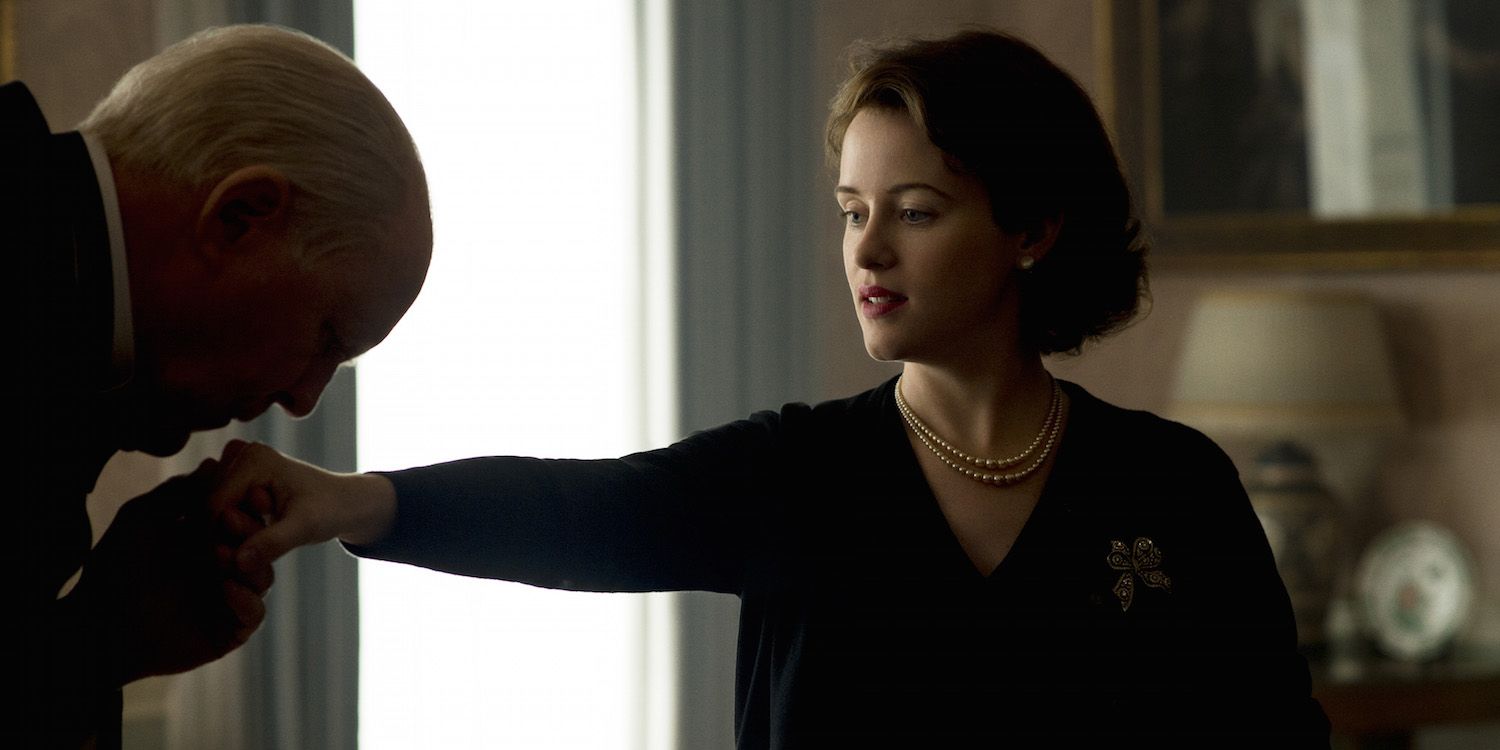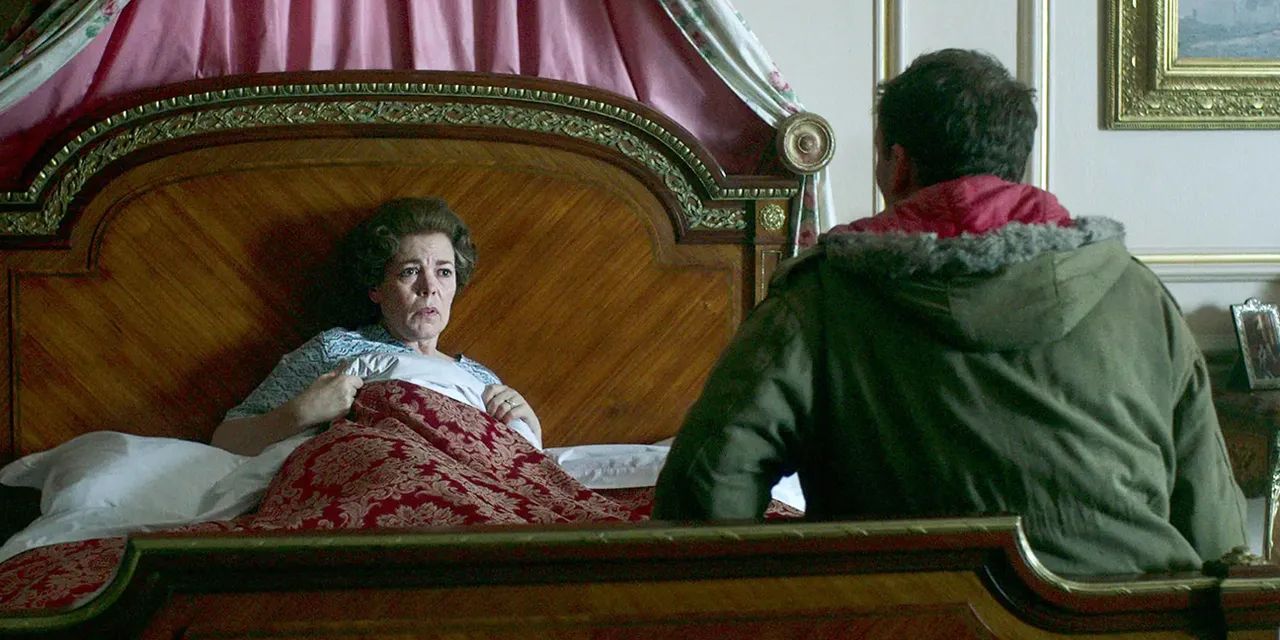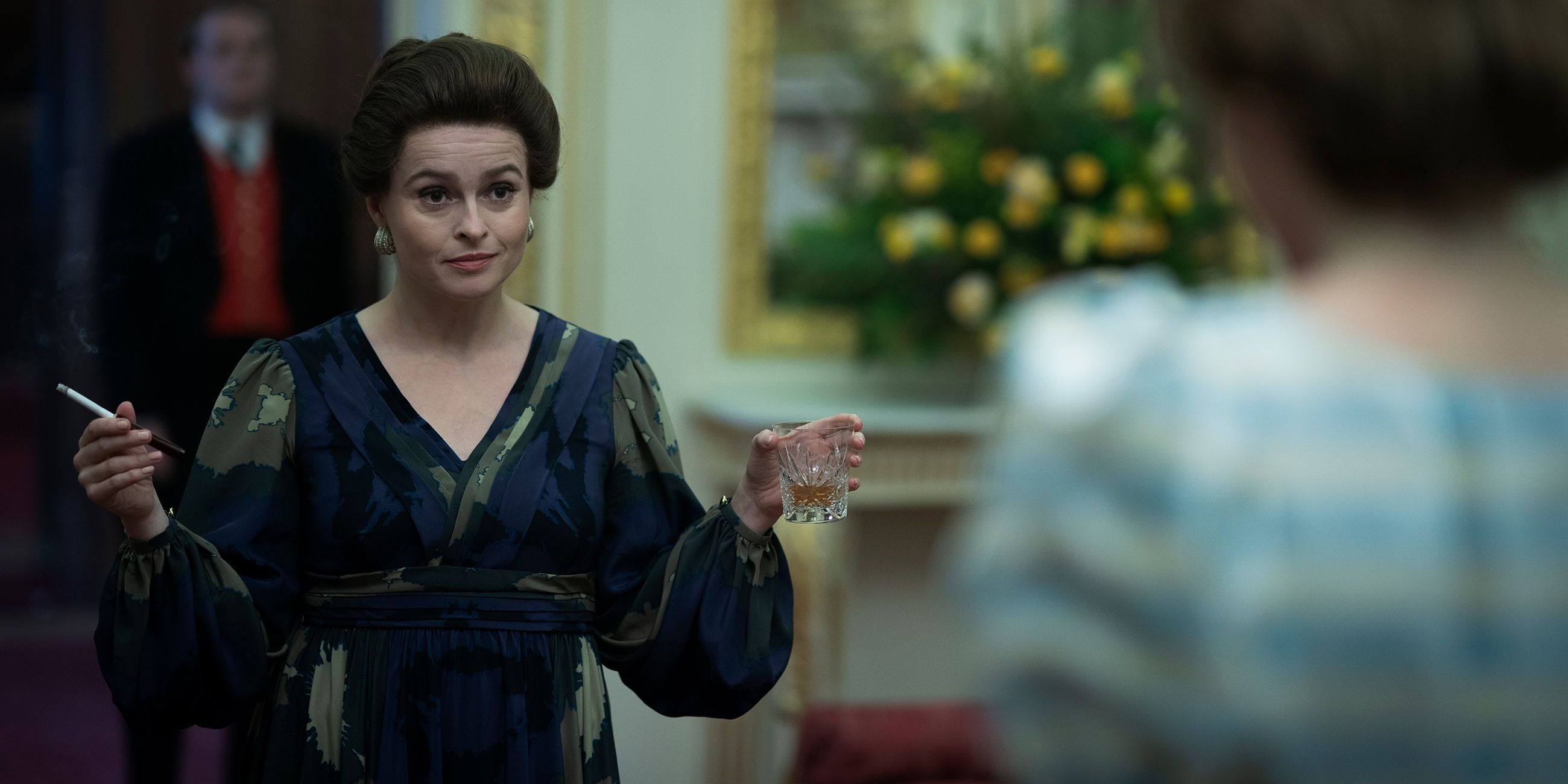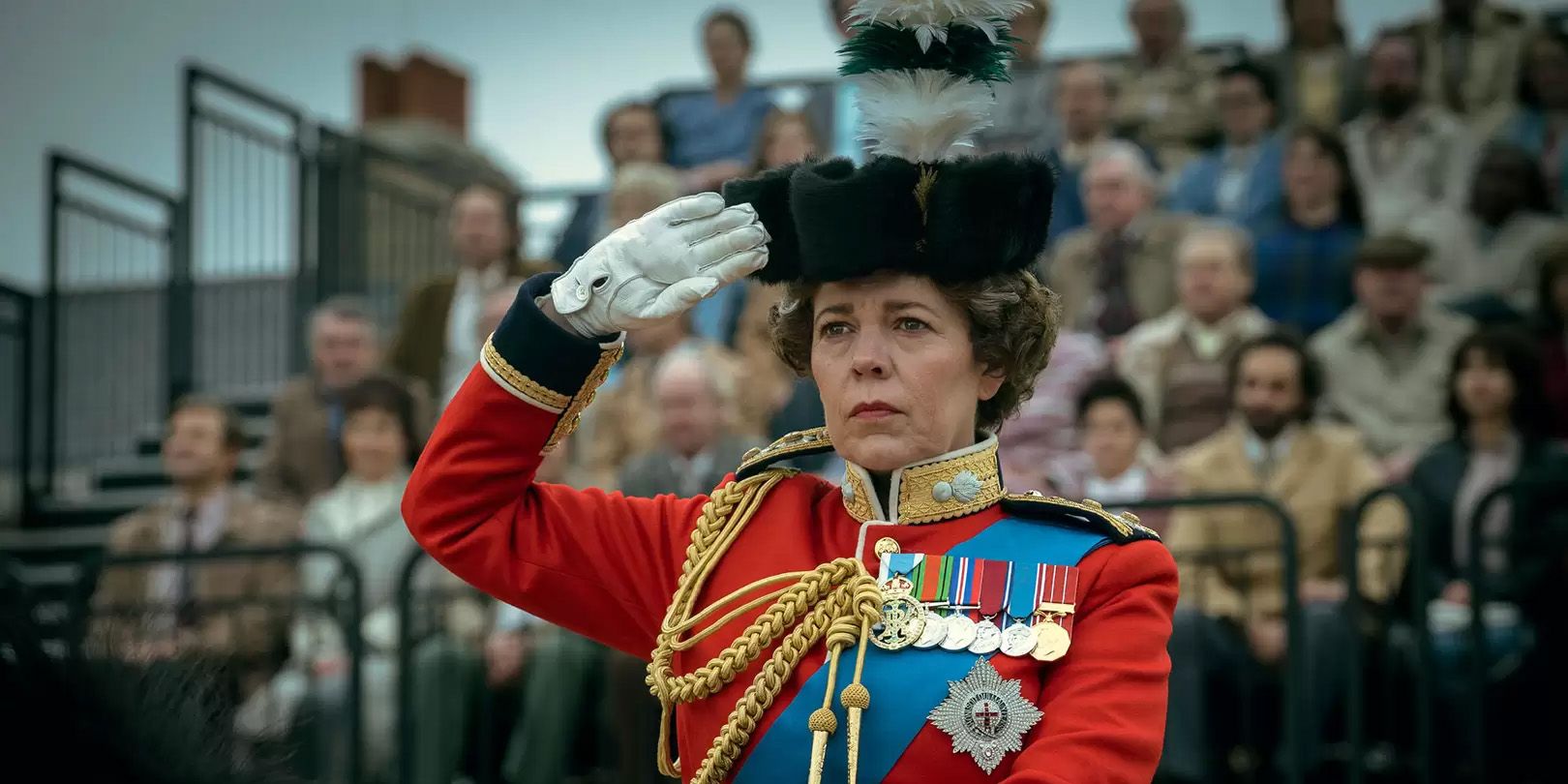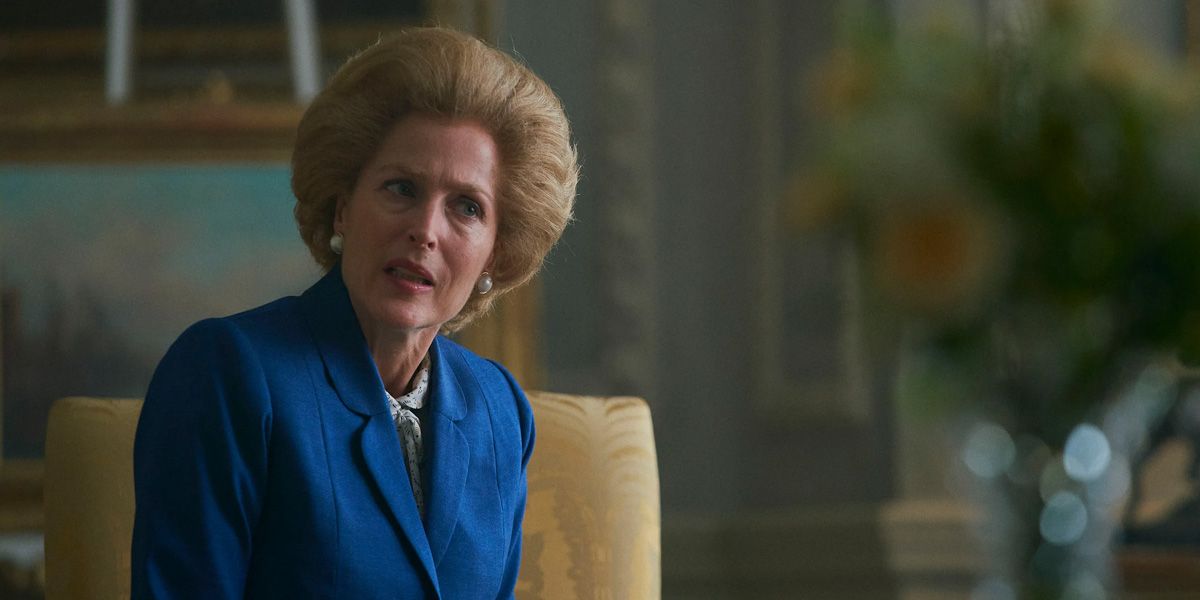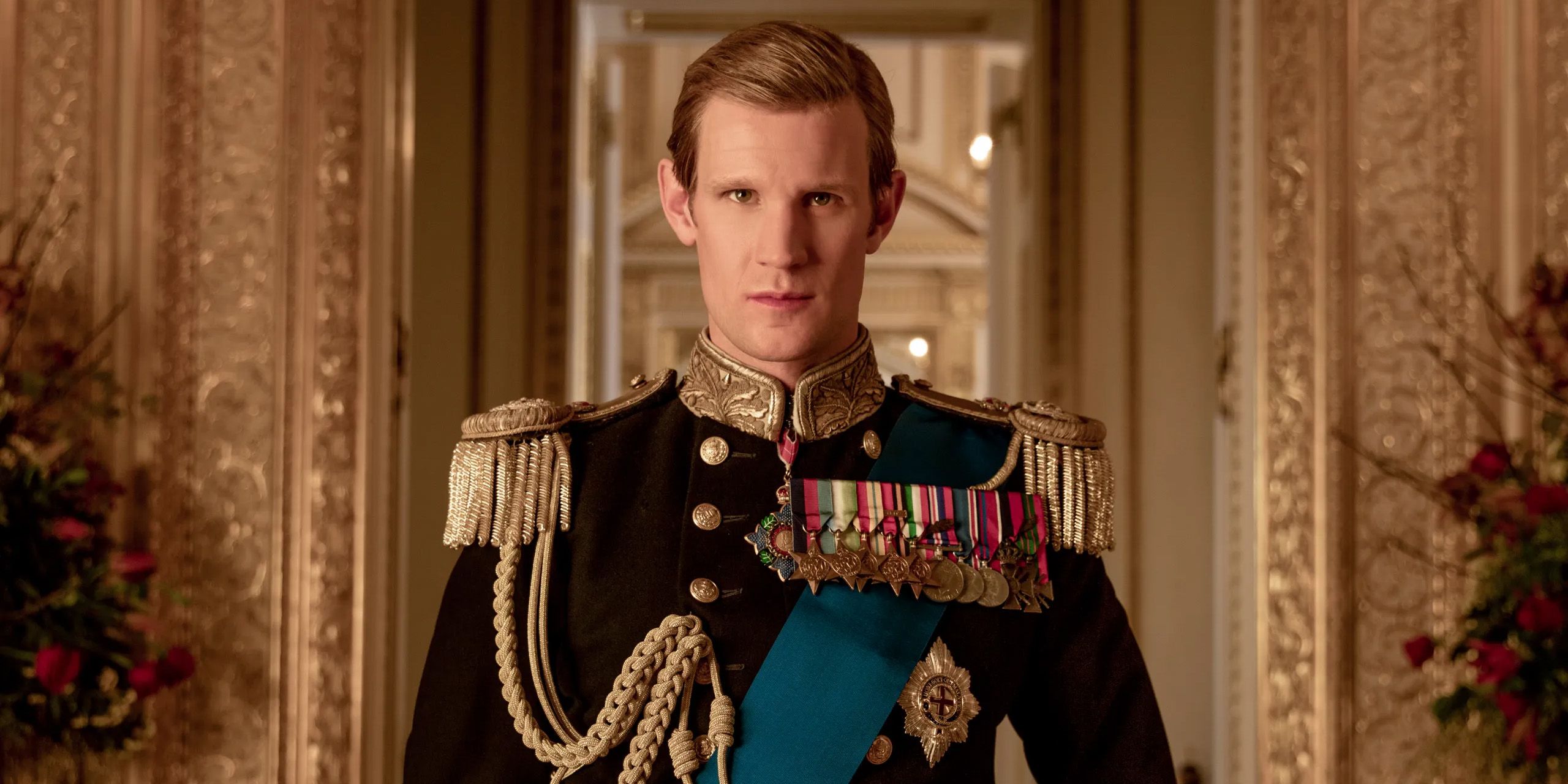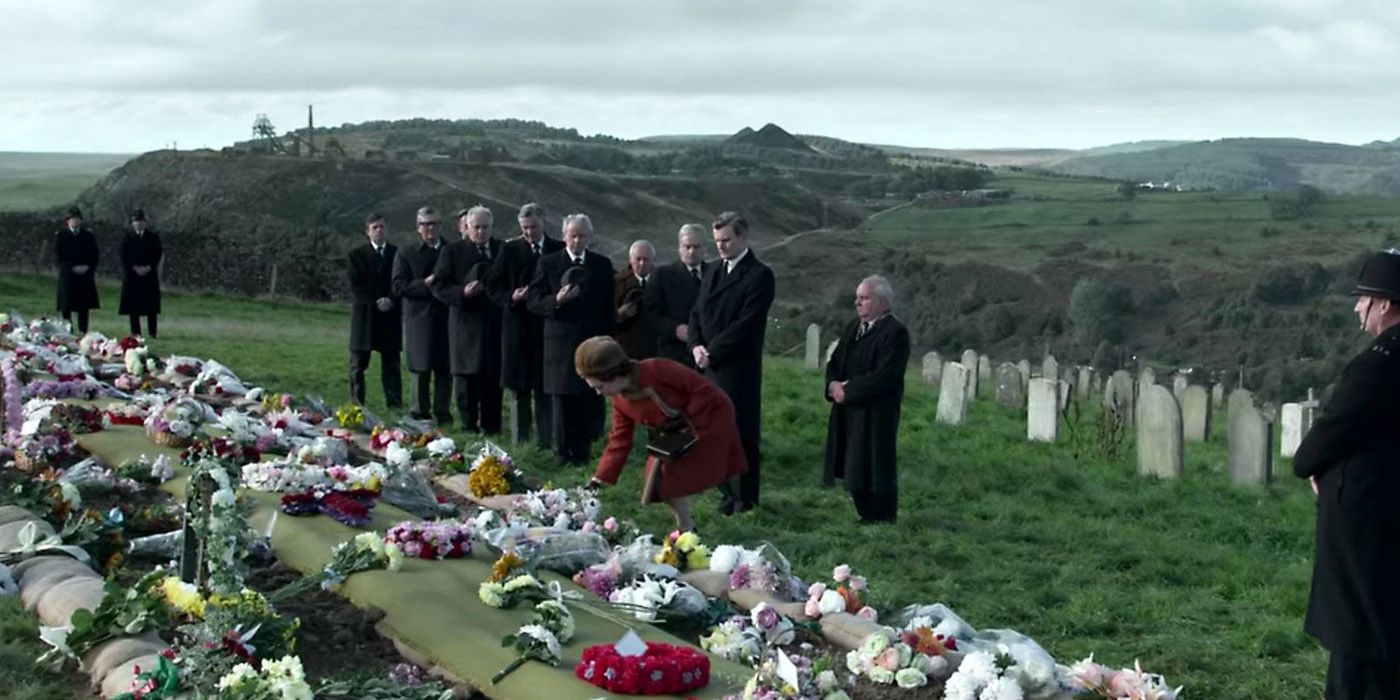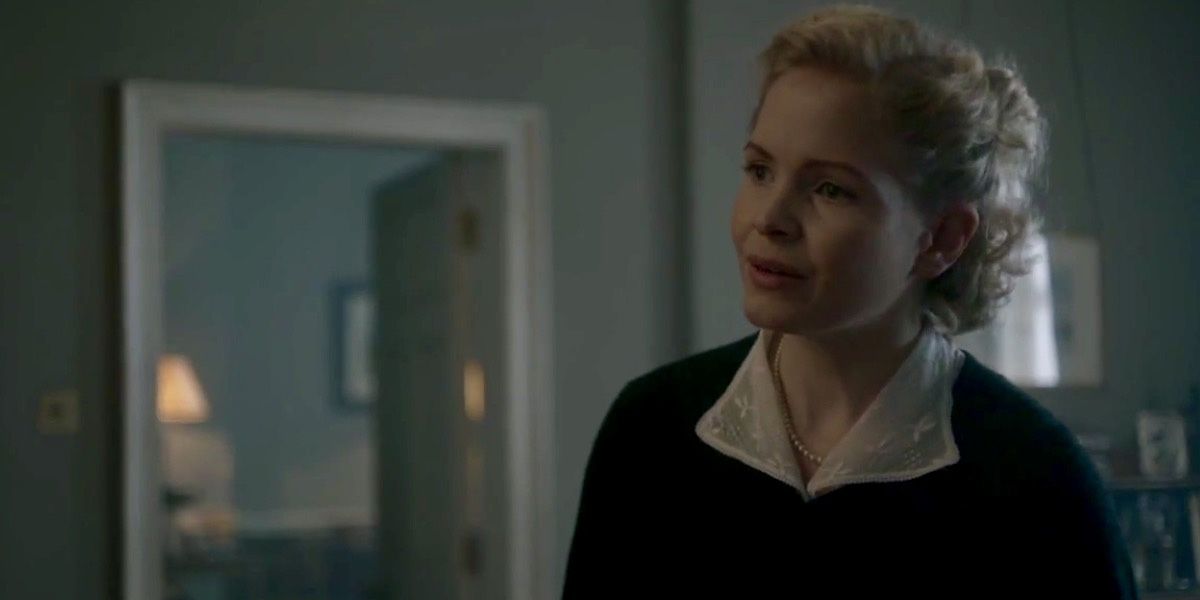While embellishments and creative liberties are perhaps to be expected in a show whose primary purpose is to entertain, these inaccuracies can be incredibly harmful when featuring in one that is so heavily rooted in fact and history. Without prior knowledge, it can be impossible for viewers to distinguish between fact and fiction, and this can in turn tarnish the reputations and public image of those being depicted.
This is a problem that is all too prominent in the Netflix series The Crown, which has developed a nasty habit of bending the truth in order to liven up the story of Britain's reigning monarch. Most of the historical inaccuracies found throughout the show are fairly harmless, but there are one or two which are reported to have angered the royal family due to the negative light in which they paint them.
Updated January 11, 2023, by Tom Bowen: The Crown is one of the most popular series on Netflix, but also one of the most controversial. Being a fictional dramatization, it has a habit of bending and exaggerating the truth to make things more sensational, which might not have been such a big deal were it not presented as a biographical series and built around real-life events and people. Some of the historical inaccuracies in The Crown are barely noticeable and do not stray too far from the truth, but there are others that have both angered and upset the royal family and those closest to them.
1 Charles' Meeting With John Major
One of the more memorable moments from season 5 of The Crown sees Charles meeting with then-Prime Minister John Major to discuss the potential abdication of the Queen so that he can ascend to the throne before her death. Like many of the other events found throughout the series though, there is no solid evidence to suggest that such a meeting ever took place.
According to the former Prime Minister, there were never any conversations between himself and Charles about the Queen's abdication, nor did anybody from the production team ever contact him to fact-check any of the information presented in the show. After heavy criticism from various quarters, Netflix put out a statement reminding viewers that The Crown is ultimately a "fictional dramatization."
2 The Fairytale Wedding
The Crown has often been criticized for making the Royal Family look worse than they are, but there have also been one or two occasions when the show's producers have smoothed over the edges on the Royals' behalf. A great example of this came in the show's debut season, in which Elizabeth and Philip's wedding is depicted.
In the show, everything goes off without a hitch, but in reality, the royal couple wasn't quite so lucky on the big day. As well as her Tiara breaking, the Queen was also missing a bridal bouquet and a pearl necklace that she was supposed to have been wearing. Minor details, perhaps, in the grand scheme of things, but still an inaccurate portrayal of a hugely historical moment nonetheless.
3 The Timing Of The Royal Flings
While the idea of a royal love quadrangle definitely makes for some juicy and exciting television, the timing of Princess Anne and Prince Charles' respective relationships with Andrew and Camilla Parker Bowles are not quite right. Both relationships did happen, but in reality, they occurred several years apart.
Princess Anne and Andrew Parker Bowles first began dating in the summer of 1970; a full two years before Charles and Camilla had even met. By 1972, the princess was already involved with her future husband Mark Phillips with both their engagement and wedding occurring the following year.
4 The Sunday Times Leak
In July of 1986, The Sunday Times ran a front-page story that suggested that the Queen was 'dismayed' by Thatcher's 'uncaring' approach. That much is definitely true. As for the source of this article, however, The Crown's version of events is once again at odds with reality.
In the show, the Queen instructs her personal press secretary Michael Shea to share her feelings with the press, but this seems unlikely to have been the case. Buckingham Palace officially denied the report, while Thatcher's biographer John Campbel has since stated that nobody within the government seriously believed that the Queen had any involvement in the leak.
5 The Queen's Relationship With Churchill
If The Crown is to be believed, the relationship between the Queen and former prime minister Winston Churchill was incredibly frosty; particularly while in its early stages. What's more, Churchill himself is painted as an incredibly stern and serious figure during his time on the show.
In reality, the relationship between the pair was incredibly cordial, with the Queen having since stated that Churchill was her favorite prime minister due to how fun he was to work with. This lighter side of the legendary PM is largely missing throughout the series, with the show typically depicting a stony-faced Churchill instead.
6 Michael Fagan's Palace Break-Ins
Michael Fagan spent around three months in a psychiatric hospital following his arrest for breaking into Buckingham Palace. He did so twice in the summer of 1982; drinking some wine on his first visit before somehow gaining access to the Queen's private bedroom during his second. Sadly, however, his reason for breaking into the palace is not quite as interesting as The Crown would have viewers believe.
In the show, he breaks in to express his displeasure with Thatcher's stewardship directly to the Queen and even sits down with her majesty for several minutes to do so. In reality, the Queen left the room immediately after realizing there was an intruder and Fagan seemingly broke in on little more than a whim. According to the man himself, "something just got into [his] head".
7 Princess Margaret's Objection To Charles And Diana's Wedding
There were certainly plenty of warning signs that the relationship between Charles and Diana wasn't going to work out, but the royal family was seemingly happy to ignore them and press on with the wedding. In The Crown, however, Princess Margaret openly objects and urges her family to cancel the engagement.
While it's certainly possible that Margaret had her reservations about the viability of the relationship, there's no evidence to suggest that she shared them with anyone; let alone her family. This embellishment, it seems, came directly from the mind of the actress playing the Princess rather than any historical source.
8 The Queen's Wardrobe Malfunction
Many of the historical inaccuracies found throughout The Crown seem to be the result of creative liberties taken by the show's writers. Some of them, however, are likely the result of nothing more than poor research and a lack of attention to detail. One such instance can be found in season four when there are one or two issues with The Queen's attire at a Trooping the Colour ceremony.
As well as her weak salute, her majesty's aiguillettes are worn incorrectly; with the thin cord erroneously looped over the thick cord rather than the two thin cords at the front. There's no conceivable reason why the show's writers would intentionally go against the grain here and so it has to go down as either shoddy research or a mistake by the wardrobe department.
9 The Falklands War
Whether or not the United Kingdom should have gone to war with Argentina over the latter's invasion of the Falkland Islands remains a point of contention for many. Even those who disagreed with the government's decision are unlikely to believe that personal issues and emotions played a role in it though.
While it's true that the Prime Minister's son Mark did disappear for six days at the beginning of 1982, that this would have any impact on Thatcher's decision as The Crown so heavily implies is incredibly unlikely. There's a long list of reasons why; the main one being that the conflict didn't begin until almost three months after Mark had safely returned to the UK.
10 Prince Philip's Relationship With Charles
While it's hard to argue that the show doesn't do an excellent job of humanizing the royal family, it doesn't always paint them in the most flattering light. Prince Philip, in particular, is often portrayed as the story's villain and is shown to be both an inattentive husband and an unsupportive father on multiple occasions.
It's impossible to say exactly what goes on behind the closed doors of Buckingham Palace, but that the Duke of Edinburgh could possibly be so cold and distant towards his son seems incredibly unlikely. In one episode, he even goes as far as to call Charles "bloody weak", which is said to have annoyed and upset the Queen. According to a palace insider, the exchange "simply did not happen".
11 The Queen's Response To The Aberfan Disaster
The Aberfan disaster remains one of the most tragic events in Britain's recent history, with 144 people losing their lives following a devastating coal slide. The Queen's response to the incident has been analyzed and questioned by many in the decades that have followed, but The Crown arguably goes a little too far when it comes to her perceived failings.
While it's true that the Queen did take more than a week to visit the stricken Welsh town (something that she has since described as "[her] biggest regret"), that she wasn't incredibly distressed by the needless loss of life is simply not true. In the show, she comes across as cold and uncaring, but some of those who witnessed her visit recall her being "visibly upset" by the events that had taken place.
12 The Death Of Venetia Scott
On-screen deaths have been few and far between in The Crown, with only a handful of characters biting the bullet across the show's four seasons. One of the most memorable though came in season one when Churchill's personal secretary Venetia Scott is hit by a bus due to the thick layer of smog that's covering London. It's her tragic death that finally prompts the government to act; or so the show would have viewers believe, anyway.
Not only did Venetia Scott not get blindsided by a bus, but the young woman never actually existed. In reality, there was no one single moment or incident that led to the government finally reacting to London's smog crisis; with Churchill's government instead simply ill-equipped and unprepared to deal with the issue straight away.

